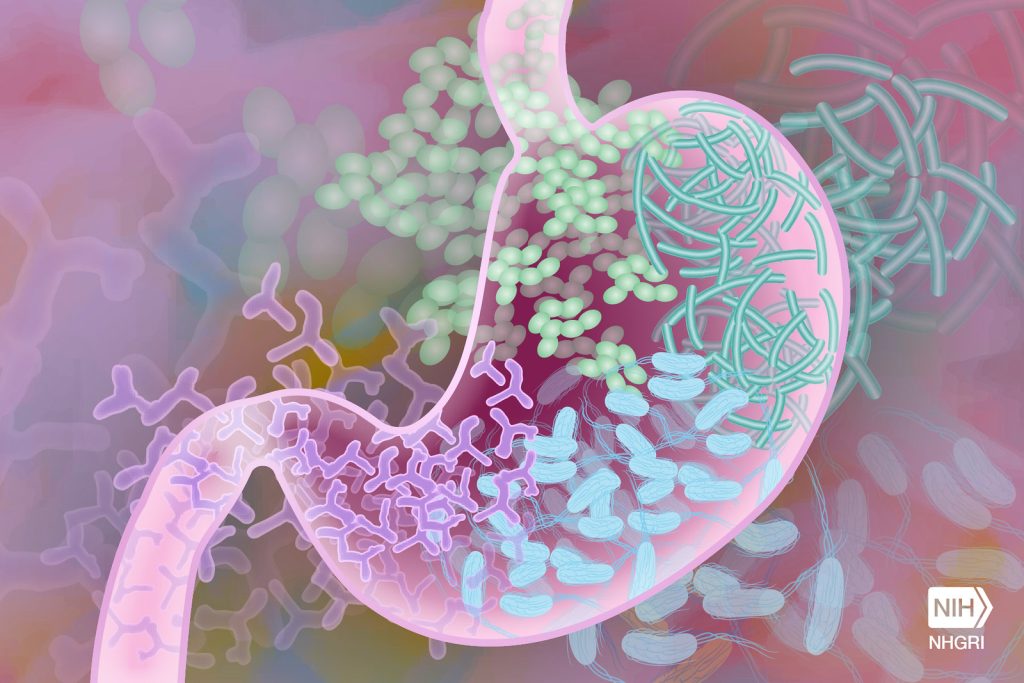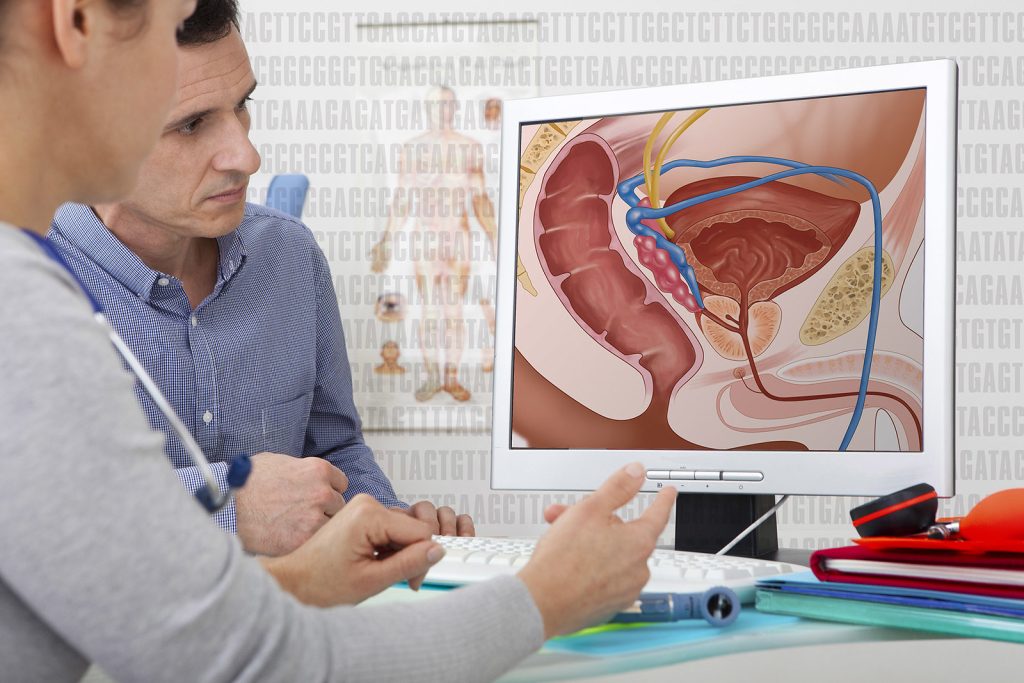Modelling Suggests COVID Will Reach Endemic Stage by 2024

A new study on coronavirus transmission in rats suggests that COVID will enter the endemic stage in about two years. The study also suggested that infections from high-risk conditions such as close contact with infected individuals produced more robust immunity than by exposure in low-risk settings.
The study, published in PNAS Nexus, made use of rats to determine when and how SARS-CoV-2 would eventually become endemic. Rats, like humans, are susceptible to coronaviruses. By collecting data on coronaviral reinfection rates among rats, the researchers were able to model the potential trajectory of COVID.
SARS-CoV-2 is just one of many coronaviruses, and there are several that cause the common cold. Many livestock animals live with endemic coronaviruses, too, and a key factor identified in the spread of animal and human coronaviruses alike is their tendency to evoke non-sterilising immunity.
“It means that initially there is fairly good immunity, but relatively quickly that wanes,” explained the study’s senior author, Caroline Zeiss, a professor of comparative medicine at Yale School of Medicine. “And so even if an animal or a person has been vaccinated or infected, they will likely become susceptible again.”
Over the past two years, scientists have come to see that SARS-CoV-2 yields non-sterilising immunity as people become re-infected.
The strong similarities between animal and human coronaviruses, animal data helps improve the understanding of SARS-CoV-2, said Prof Zeiss.
“There are many lessons to be learned from animal coronaviruses,” she said.
In this study, Prof Zeiss and her colleagues observed how a coronavirus similar to one that causes the common cold in humans was transmitted through rat populations. The team modelled the exposure scenario to resemble human exposures in the US, where a portion of the population is vaccinated against COVID and where people continue to face natural exposure to SARS-CoV-2. They also reproduced the different types of exposure experienced by people in the US, with some animals exposed through close contact with an infected rat (high risk of infection) and others exposed by being placed in a cage once inhabited by an infected rat (low risk of infection).
Infected animals contracted an upper respiratory tract infection and then recovered. Three to four months later, the rats were then reorganised and re-exposed to the virus. The rates of reinfection showed that natural exposure yielded a mix of immunity levels, with those exposed to more virus through close contact having stronger immunity, while those exposed to lower virus levels by (being placed in a contaminated cage) having higher rates of reinfection.
The takeaway, said Prof Zeiss, is that with natural infection, some individuals will develop better immunity than others. People also need vaccination, which is offered through a set dose and generates predictable immunity. But with both vaccination and natural exposure, the population accumulates broad immunity that pushes the virus toward endemic stability, the study showed.
Mathematical models using the data predicted that the median time for SARS-CoV-2 to become endemic in the United States is 1437 days, or just under four years from the start of the pandemic in March 2020.
In this model’s scenario, 15.4% of the population would be susceptible to infection at any given time after it reaches endemic phrase.
“The virus is constantly going to be circulating,” said Prof Zeiss. So it will be important to keep more vulnerable groups in mind. “We can’t assume that once we reach the endemic state that everybody is safe.”
Four years is the median time predicted by the model, she said, so it could take even longer to reach the endemic stage. And this doesn’t take into account mutations that could make SARS-CoV-2 more harmful.
“Coronaviruses are very unpredictable, so there could be a mutation that makes it more pathogenic,” said Prof Zeiss. “The more likely scenario, though, is that we see an increase in transmissibility and probable decrease in pathogenicity.” That means the virus would be easily transmitted between people but less likely to cause severe illness, much like the common cold.
There is precedent for this trajectory. In the late 1800s, the ‘Russian flu’ killed approximately one million people around the world. Researchers now think that virus was a coronavirus that originated in cattle, which eventually evolved into one of the common cold viruses still in circulation. Reduced pathogenicity associated with the transition from epidemic to endemic status has also been observed in pig coronaviruses. And almost all commercial chicken flocks across the globe are vaccinated for an endemic respiratory coronavirus that has been present since the 1930s.
Longstanding experience with coronaviral infections in other animals can help navigate a pathway to living with SARS-CoV-2.
However, endemic stability in the United States also depends on what happens to the virus elsewhere.
“We are one global community,” Zeiss said. “We don’t know where else these mutations are going to arise. Until we reach endemic stability around the entire globe, we are vulnerable here to having our US endemic stability disrupted by introduction of a new variant.
“But I think overall the picture’s hopeful. I think we will be in endemic stability within the next year or two.”
Source: Yale University





